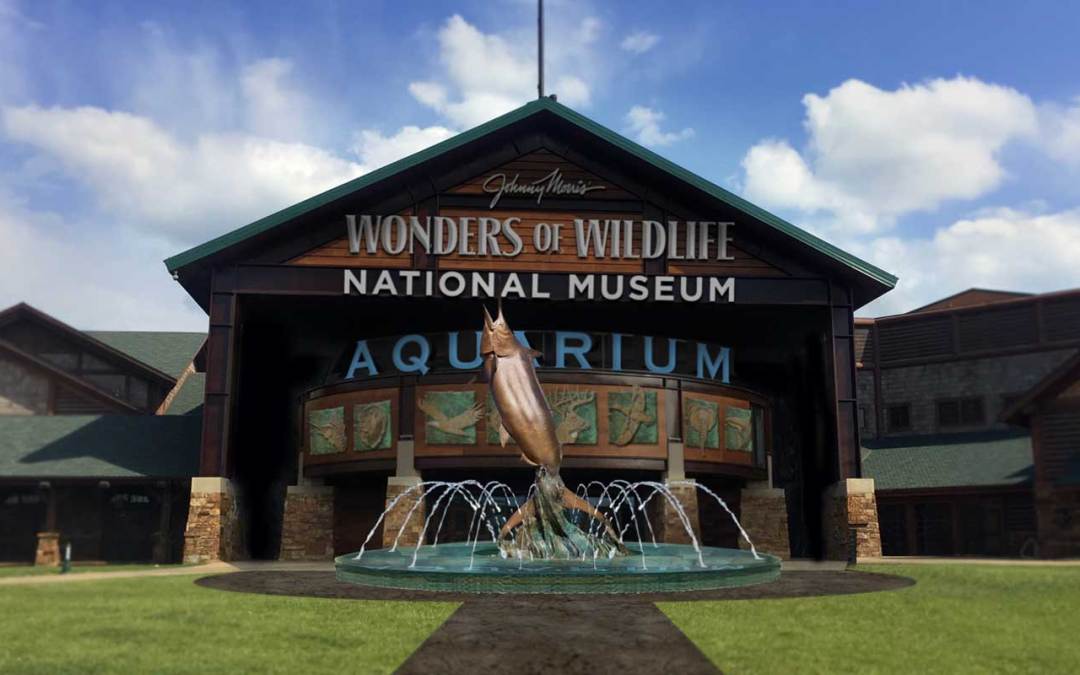Iguazú Falls, a breathtaking display of nature’s magnificence, straddles the border between Argentina and Brazil, offering a glimpse into the raw power and beauty of the natural world. With over 275 individual falls, it is no wonder that Iguazú has been designated a UNESCO World Heritage site. But on the cusp of this awe-inspiring destination lies a question that perhaps stirs both intrigue and challenge: How can we embrace the wonders of the Iguazú Falls while advocating for conservation and sustainability? Over a span of 48 hours, you can engage with this enchanting environment and explore both its captivating landscapes and its vital ecosystems.
Upon arrival, you are greeted by verdant rainforests and the cacophony of cascading water. Begin your journey at the Argentina side of Iguazú National Park, where the initial foray into this lush biosphere unveils a vibrant tapestry of flora and fauna. Consider dedicating the first half of your day to the walking trails nestled in the park, which crisscross through the subtropical jungle. Each path leads to breathtaking panoramas, showcasing the dynamic interplay between water, rock, and the surrounding wilderness.
Keep your eyes peeled for the intriguing wildlife that inhabits this ecological haven. The park is home to myriad species—all poised to remind visitors of the delicate balance that sustains the environment. From the playful capuchin monkeys swinging through the branches to the resplendent toucans flaunting their colorful beaks, these animals embody the exuberance of Iguazú. Could it be that by observing and understanding these inhabitants, we might foster a deeper allegiance to their conservation?
As the sun continues its ascension, make your way toward the devilishly enthralling Garganta del Diablo, or the Devil’s Throat. This is the most iconic vantage point, where the mighty Iguazú River plummets dramatically into a roaring chasm. The power of this spectacle is formidable; mists rise into the air creating rainbows in the golden sunlight. Standing here, one must ponder: how do we mitigate the impact of human activity that threatens such natural beauty? These reflections can inspire a resolve to promote sustainable tourism and environmental stewardship.
Time spent at Iguazú is incomplete without experiencing the breathtaking boat rides to the base of the falls. Armed with life jackets and an adventurous spirit, prepare for a thrilling ride through the churning waters. The surge of adrenaline is palpable; laughter intermingles with the sounds of rushing water as the boat nears the falls. This moment is not just thrilling; it embodies nature’s sheer force and resilience. However, the excitement invites a serious contemplation about water management and conservation best practices. How can we ensure that future generations experience the same thrill without compromising the ecosystem?
After an exhilarating day of exploration, take a moment to immerse yourself in the evening ambiance. Dine at one of the local restaurants offering traditional Argentine cuisine, where regional specialties abound. Savor a delicious asado complemented by the rich, full-bodied Malbec wine. In doing so, you support local communities and sustainable agricultural practices, which are crucial for balancing tourism with environmental preservation. Could your dining choices contribute to a larger narrative of sustainability?
The following day, set out early for the Brazilian side of Iguazú Falls. Here, a different perspective awaits. Take the panoramic walk that offers sweeping views of the falls, framed by lush greenery. Every corner reveals another magnificent angle, each more awe-inspiring than the last. The tranquillity of this landscape invites a reflective attitude—what steps can each person take to diminish their ecological footprint?
Visiting the Parque Nacional do Iguaçu also provides access to the opportunity to engage with local conservation programs. Ponder the significance of wildlife protection as you explore the area. From the endangered jaguars to the myriad bird species that call this park home, embracing conservation takes on new dimensions here. Participating in eco-tours led by knowledgeable guides can deepen your understanding of local ecology while supporting initiatives dedicated to preserving these delicate ecosystems.
As your time in Iguazú comes to a close, a final reflection on the journey reveals its layered meaning. The waterfalls stand as formidable symbols of both adventure and fragility, urging visitors to appreciate their splendor while recognizing the imperative for protecting these natural wonders. The question persists: How can we play an active role in preserving such remarkable places? By advocating for responsible travel and sustainability, engaging in local conservation efforts, and considering the environmental effects of our choices, we can transform our experiences into actionable commitments for the planet.
In just 48 hours, one can marvel at the waterfalls, absorb the beauty of diverse wildlife, and contemplate the interconnectedness of humanity and nature. Iguazú Falls is not merely a destination; it is an invitation to be stewards of the environment. The challenge lies in examining how we can reconcile our love for travel with our duty to protect these irreplaceable ecosystems. When we embrace that challenge, we not only enrich our own lives but also contribute to the ongoing narrative of conservation in a world poised at the brink of ecological transformation.
